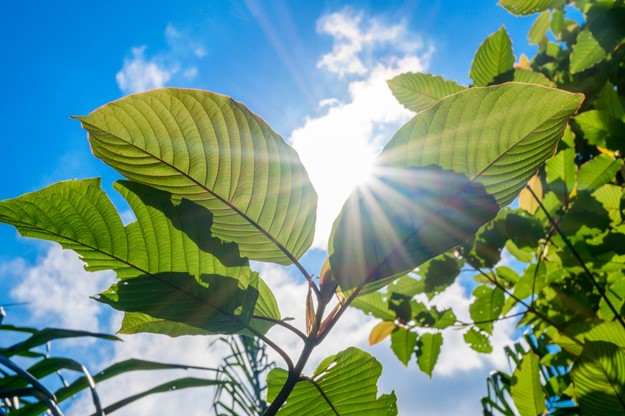
Mitragyna speciosa, commonly referred to as Kratom, stands as a notable figure in the realm of botany and traditional herbal practices. Indigenous to the lush rainforests of Southeast Asia, including regions of Thailand, Malaysia, Indonesia, and Papua New Guinea, this evergreen tree is part of the Rubiaceae family, which is the same family as the coffee plant. Its rising popularity in various global markets has sparked interest not only in its uses but also in the botanical and ecological aspects that define its growth and potency. This article from Club13 aims to shed light on the botanical intricacies of Kratom, including its growth conditions, physical characteristics, and the underlying science of its unique properties.
Growth Conditions and Habitat
Mitragyna speciosa thrives in tropical climates, favoring the hot, humid conditions found in Southeast Asia. It is predominantly found in the dense rainforests, where it can receive ample sunlight and moisture—two critical factors for its growth. The plant prefers rich, fertile soil that drains well, yet retains enough moisture to sustain its growth. Kratom trees can reach up to 80 feet in height in their natural habitat, with a trunk diameter of about three feet, showcasing their potential for substantial growth under ideal conditions.
The environmental factors play a crucial role in the development of the alkaloid content within the leaves, which is responsible for the tree’s unique properties. Regions with specific weather patterns, soil composition, and altitude contribute to variations in the plant’s chemical makeup, leading to differences in leaf potency across different geographical locations.
Botanical Characteristics
Kratom trees are known for their distinctive glossy, green leaves, which are the primary source of interest due to their alkaloid-rich content. These leaves can grow to over 8 inches in length and 5 inches in width, showing a noticeable ovate-acuminate shape. The tree also bears flowers that are yellow and round, forming in clusters at the end of the branches. However, it’s the leaves that have garnered attention for their use in traditional practices and the subject of scientific study.
Alkaloids and Chemical Composition
The unique properties of Kratom are attributed to the presence of various alkaloids within the leaves, the most notable being mitragynine and 7-hydroxymitragynine. These compounds belong to a larger group of nitrogen-containing organic substances that often exhibit significant physiological effects on living organisms. The concentration of these alkaloids can vary widely among plants, depending on several factors such as the age of the tree, the geographical location, and the time of year the leaves are harvested.
The science behind these alkaloids and their interaction with the human body is complex and the subject of ongoing research. It is these compounds that have led to the widespread interest in Kratom, driving both traditional use in Southeast Asia and its popularity in other parts of the world.
Ecological Impact and Conservation
As demand for Kratom has increased, so has the need to understand its ecological impact and the importance of sustainable harvesting practices. The natural habitats of Mitragyna speciosa are under threat from deforestation, land conversion, and overharvesting, leading to concerns over the long-term sustainability of wild Kratom populations. Conservation efforts are necessary to ensure that these trees can continue to thrive in their natural habitats, preserving the ecological balance and ensuring that future generations can continue to study and benefit from this unique plant.
Sustainable farming practices and ethical sourcing are crucial in maintaining the ecological balance and ensuring that the benefits of Kratom can be enjoyed responsibly. These practices include regulated harvesting to prevent overexploitation and initiatives to replant and restore habitats that have been adversely affected by agricultural development.
The Mitragyna speciosa, or Kratom, is a plant of immense botanical interest due to its unique properties and the complex alkaloids that reside within its leaves. Understanding the growth conditions, botanical characteristics, and the science behind its alkaloid content provides valuable insights into how this plant interacts with its environment and the potential reasons behind its varied effects. As the interest in Kratom continues to grow, so does the importance of sustainable practices and conservation efforts to ensure its survival for future research and traditional use. The botanical study of Kratom not only enhances our understanding of this particular species but also contributes to the broader field of plant science and its application in traditional and potential future uses.